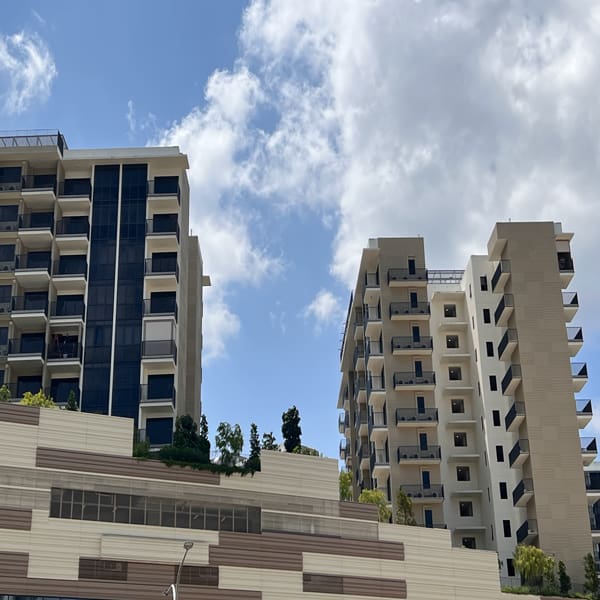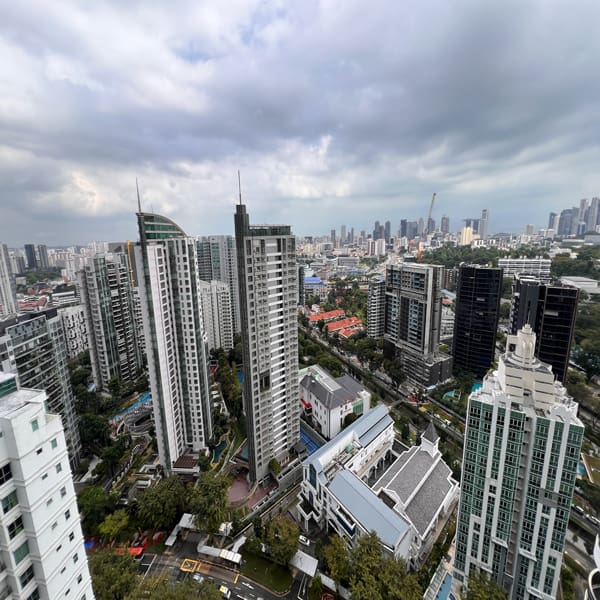New Floor Area Definition to Adopt
Various government agencies adopt different definitions of floor areas for their respective purposes, leading to confusion among property owners. In particularly those owners undertaking additions and alterations in their strata units.
Beginning on 1 June 2023, these government agencies will adhere to the standardized new definition for floor areas set by URA. This measure aims to standardize measurements and expedite application processes with the agencies.
The new definition will apply to all development applications from 1 June 2023, and to all Government Land Sales (GLS) launched for sale from 1 September 2022 onwards. The affected new launches will include upcoming Lentor Mansion, Marina Garden Lane site, Jalan Tembusu site and subsequent new launches.
Gross Floor Area
According to the new URA Harmonisation Guidelines, all strata areas must incorporate Gross Floor Area (GFA), measured from the midpoint of the walls. Voids in the calculation of strata areas, often present in luxury developments with high ceilings, are to be excluded.
There will be a standardized definition of Statistical Gross Floor Area (SGFA) jointly established by the Building Construction Authority (BCA) and the Singapore Civil Defence Force (SCDF).
In the future, strata areas will be computed as Gross Floor Area (GFA), encompassing all covered and uncovered areas as part of the GFA computation.
Regarding Aircon ledges (AC ledge) proposed as common property by developers, they may be excluded from the strata area GFA count. Similar to the current GFA adoption for Reinforced concrete (RC Ledge), the exemption for common AC ledges is up to 2 meters in width.
The dimensions of the AC ledges will remain in compliance with BCA’s design guidelines for air conditioner maintenance.
Similarly, other areas such as sky terraces and roof eaves will be subject to minimum and maximum criteria for GFA exemption.
Guidelines for balcony sizes will remain unchanged to ensure owners continue to receive the appropriate quality and size relative to their property’s dimensions.
URA Clarification on Gross Floor Area Calculation
Frequent Asked Questions
Gross Floor Area (GFA) computation will be based on the midpoint of the walls, excluding wall finishes.
For windows and doors, measurements will extend to the middle of such components.
Regarding balconies with railings on slabs, cladded railings or glass facades, GFA will be measured from the midpoint of the outer vertical structure. This will apply the same approach to developments with glass curtain walls.
In commercial properties featuring Outdoor Refreshment Areas (ORA), GFA will be calculated from the edge of the covered area.
The new GFA definition will apply to all developments, including landed and strata-landed housing.
Reduction of Sellable Areas for Developers
Aircon Ledges
Aircon ledge areas will be excluded from strata areas in the Gross Floor Area (GFA) computation if developers propose them as common property in the development. In essence, aircon ledges, which typically occupy 4-5% of the total saleable area in private condo developments, will be omitted.
Curtain Wall of the Development
The curtain wall system represents an additional ‘free’ saleable area for developers, typically comprising 1-2% of the total saleable area for private condos. Under the new harmonized calculation, the curtain wall, considered part of the strata area, will be included in the GFA count.
Alternatively, developers may opt for conventional window walls, which are less expensive to construct than curtain wall systems. However, this trade-off may result in the loss of the overall aesthetically luxurious appearance for the condo facade.
With the implementation of the standardized definition for strata areas as Gross Floor Area (GFA), developers are inevitably facing an estimated reduction of around 5% in total saleable area. It will be regardless of whether they use curtain wall systems for their new developments.
Gone are the days of the 2007-2008 period when developers could benefit from numerous saleable areas. These are areas such as bay windows, planter boxes, private enclosed spaces (PES) and private roof terraces, as these spaces were not considered in the GFA count. Since 2009, planter boxes and bay windows have been included in the GFA calculation. Furthermore, in 2013, private enclosed spaces (PES) and private roof terraces were added as bonus GFA.
Efficiency Ratios Metric
Currently, the efficiency ratio for developers hovers around 99% to slightly over 100%, but it could decrease to about 95% after 1 June 2023, according to market watchers.
Amidst the ongoing rise in construction costs and interest rates, these uncertainties may further reduce developers’ efficiency ratios.
To enhance efficiency ratios, developers might consider lowering their land bid prices. However, for competitive sites, winning the land bid over other developers may prove challenging if the bid is too low.
Establishing a standardized calculation among all agencies is always advisable for better clarity. While the anticipated decrease in efficiency ratios may potentially improve home buyers’ affordability, numerous uncontrollable factors remain unavoidable.



